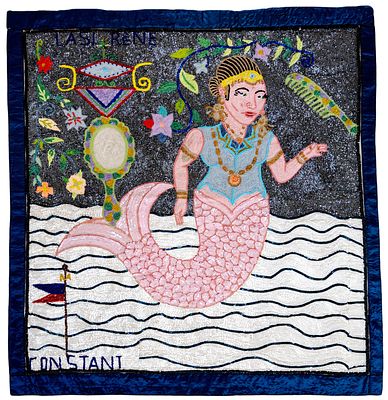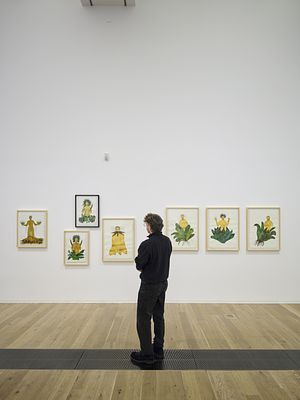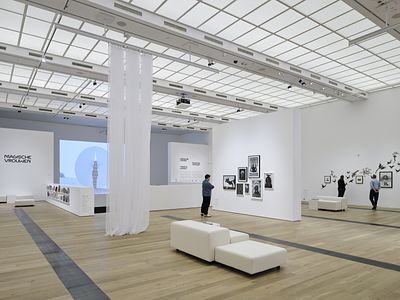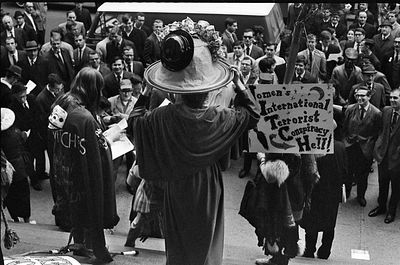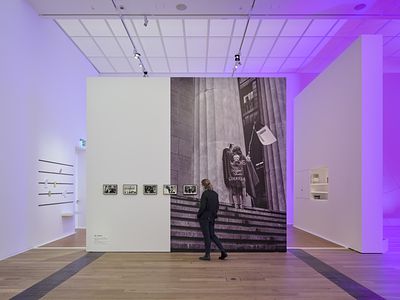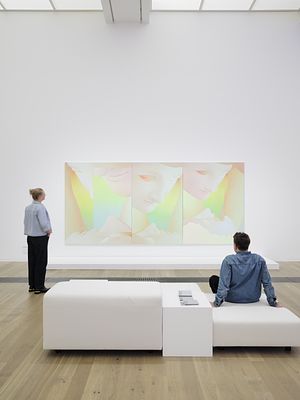MAIN SPACE | 26.10.2025 – 22.02.2026
MAGICAL WOMEN
Magic permeates language and everyday life. We talk about the magic of certain moments, or of things having an inherent magic. Occult motifs, astrology, and esoteric practices such as tarot card reading are also enjoying a resurgence in mainstream popular culture. However, this apparent new trend on social media actually has a long-standing tradition. Although mystical, spiritual, and esoteric aspects and interests have often been dismissed as superstition and as being incompatible with modern scientific values—even sanctioned as a disturbance of established orders—they also have a long tradition in art and culture. With growing introspection and spiritual sensitivity, as well as the diversification and globalization of the art world in recent decades, activist and feminist concerns in particular are becoming increasingly linked to spiritual, magical, and occult perspectives. What was once dismissed as irrational, superstitious, or folkloric is now gaining cultural and political significance, serving artists as both an aesthetic strategy and a form of self-empowerment and emancipation from capitalist and patriarchal structures.
The exhibition at MAIN SPACE showcases artistic works from the twentieth and twenty-first centuries that explore these themes, often from a feminist perspective. This is partly because the feminine image plays a central role in the conception of magic and the occult. The fascination with figures such as witches, seers, and high priestesses is evident in a variety of cultures and has shaped ideas for thousands of years. At the same time, it evokes both positive and negative associations, ranging from witch hunts and the nineteenth-century spiritualism movement to current trends that hark back to nature mythologies or occultism. These images of women serve as projection screens for misogynistic demonization, thereby establishing and stabilizing patriarchal social norms and structures.
The artists featured in the exhibition engage with these ambivalent images of the magical and the feminine, shifting their meanings and reclaiming the authority to interpret them. Their works highlight the instability of social orders, rules, and norms by provoking questions about identity, subverting established evaluation patterns, and offering alternatives. In doing so, they address topics such as body and gender politics, the attribution of character traits, female sexuality, and moments of identification. The prejudiced field of magic provides an exciting arena in which to dissolve narratives and boundaries in art and ask questions: Which stories are being negotiated, and how are they being reinterpreted through the female gaze? How do artists use their multiperspectival, intersectional biographies, as well as the blending of belief systems, to challenge societies and the related power relations?
Artists: Myrlande Constant, Cordula Ditz, Mary Beth Edelson, Bev Grant / W.I.T.C.H., Vivian Greven, Rebecca Horn, Ana Mendieta, Zanele Muholi, Wangechi Mutu, Rosana Paulino, Paloma Proudfoot, Gillian Wearing, Portia Zvavahera
An in-depth publication in German, English, and Dutch will accompany the exhibition, due to be released in January 2026.
The exhibition at MAIN SPACE showcases artistic works from the twentieth and twenty-first centuries that explore these themes, often from a feminist perspective. This is partly because the feminine image plays a central role in the conception of magic and the occult. The fascination with figures such as witches, seers, and high priestesses is evident in a variety of cultures and has shaped ideas for thousands of years. At the same time, it evokes both positive and negative associations, ranging from witch hunts and the nineteenth-century spiritualism movement to current trends that hark back to nature mythologies or occultism. These images of women serve as projection screens for misogynistic demonization, thereby establishing and stabilizing patriarchal social norms and structures.
The artists featured in the exhibition engage with these ambivalent images of the magical and the feminine, shifting their meanings and reclaiming the authority to interpret them. Their works highlight the instability of social orders, rules, and norms by provoking questions about identity, subverting established evaluation patterns, and offering alternatives. In doing so, they address topics such as body and gender politics, the attribution of character traits, female sexuality, and moments of identification. The prejudiced field of magic provides an exciting arena in which to dissolve narratives and boundaries in art and ask questions: Which stories are being negotiated, and how are they being reinterpreted through the female gaze? How do artists use their multiperspectival, intersectional biographies, as well as the blending of belief systems, to challenge societies and the related power relations?
Artists: Myrlande Constant, Cordula Ditz, Mary Beth Edelson, Bev Grant / W.I.T.C.H., Vivian Greven, Rebecca Horn, Ana Mendieta, Zanele Muholi, Wangechi Mutu, Rosana Paulino, Paloma Proudfoot, Gillian Wearing, Portia Zvavahera
An in-depth publication in German, English, and Dutch will accompany the exhibition, due to be released in January 2026.
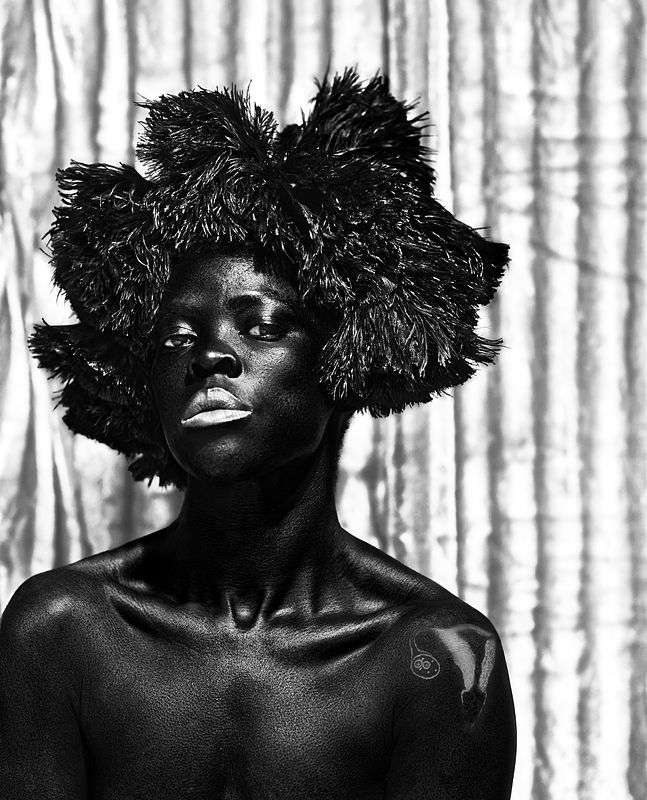
Zanele Muholi, Faniswa, Seapoint, Cape Town, 2016
| © Zanele Muholi. Courtesy of the artist and Yancey Richardson, New York
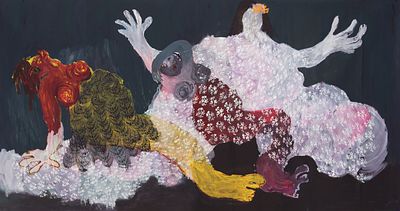



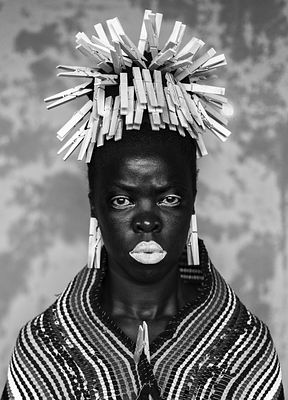

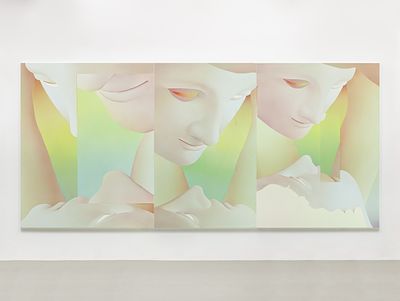_2023_Courtesy%20of%20the%20artist%20and%20Kadel%20Willborn,%20D%C3%BCsseldorf.jpg?locale=en)

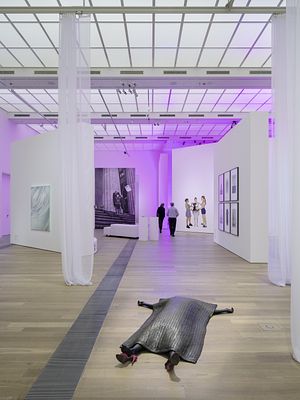
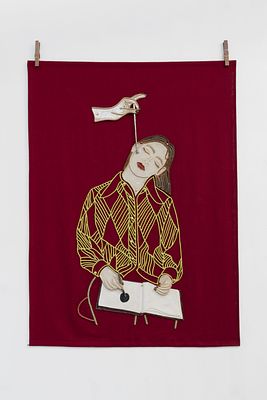_2024_Courtesy_artist_The%20Approach_Soy%20Capitan.jpg?locale=en)
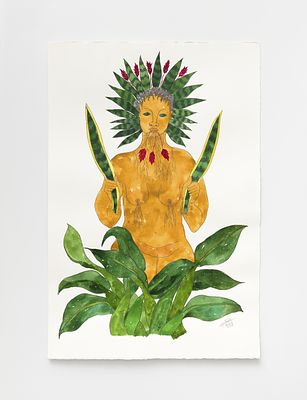
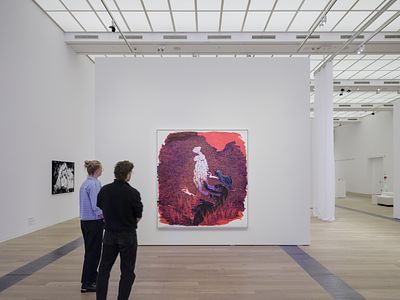
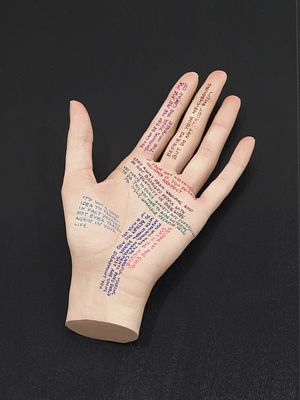_2014_Courtesy%20the%20artist%20and%20Maureen%20Paley,%20London.jpg?locale=en)
